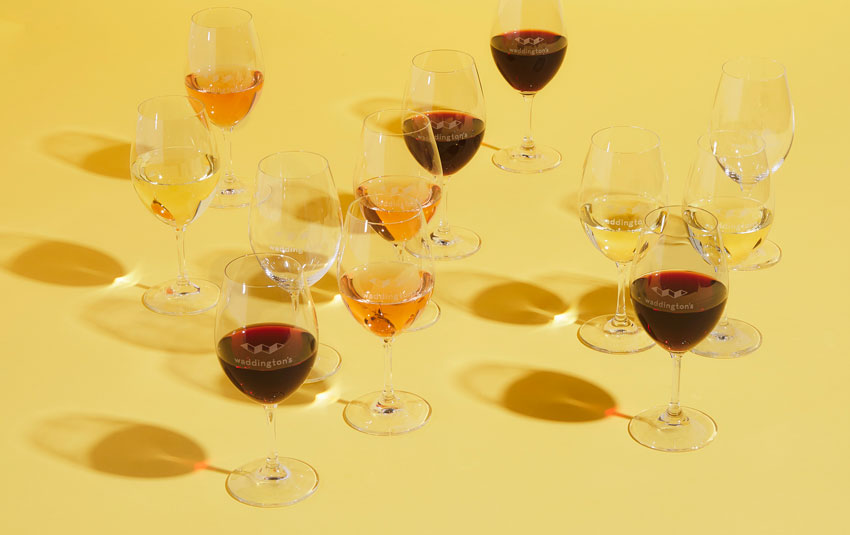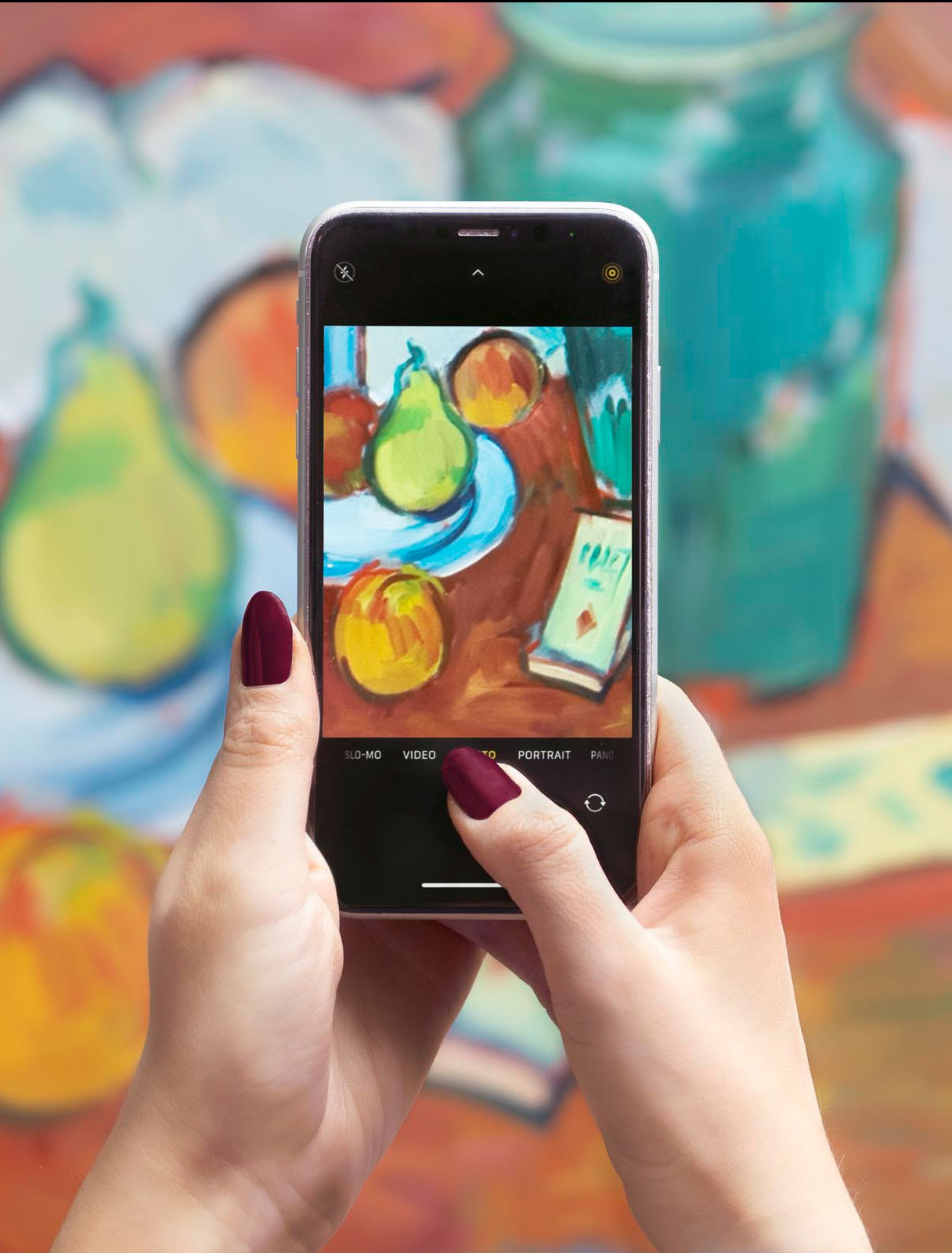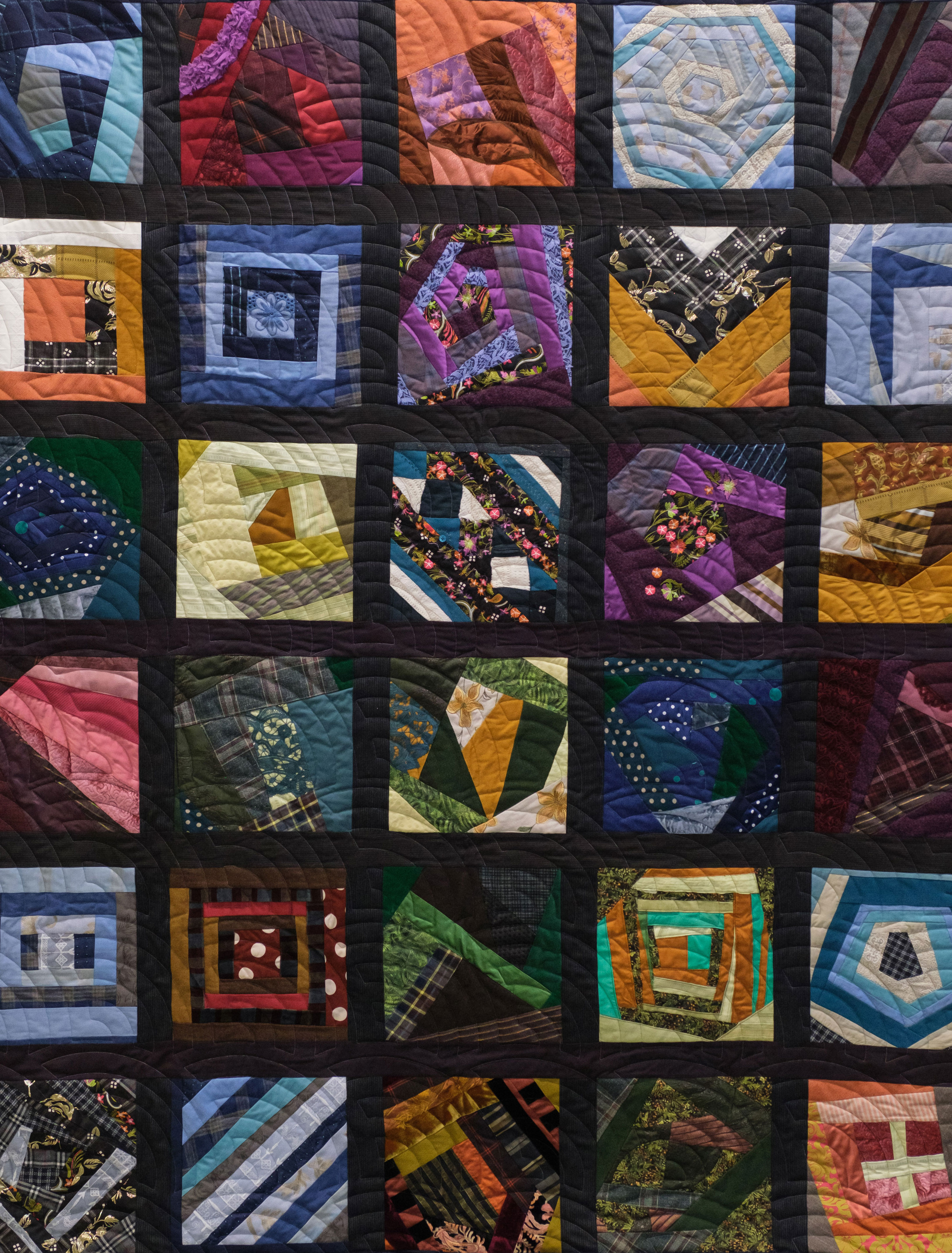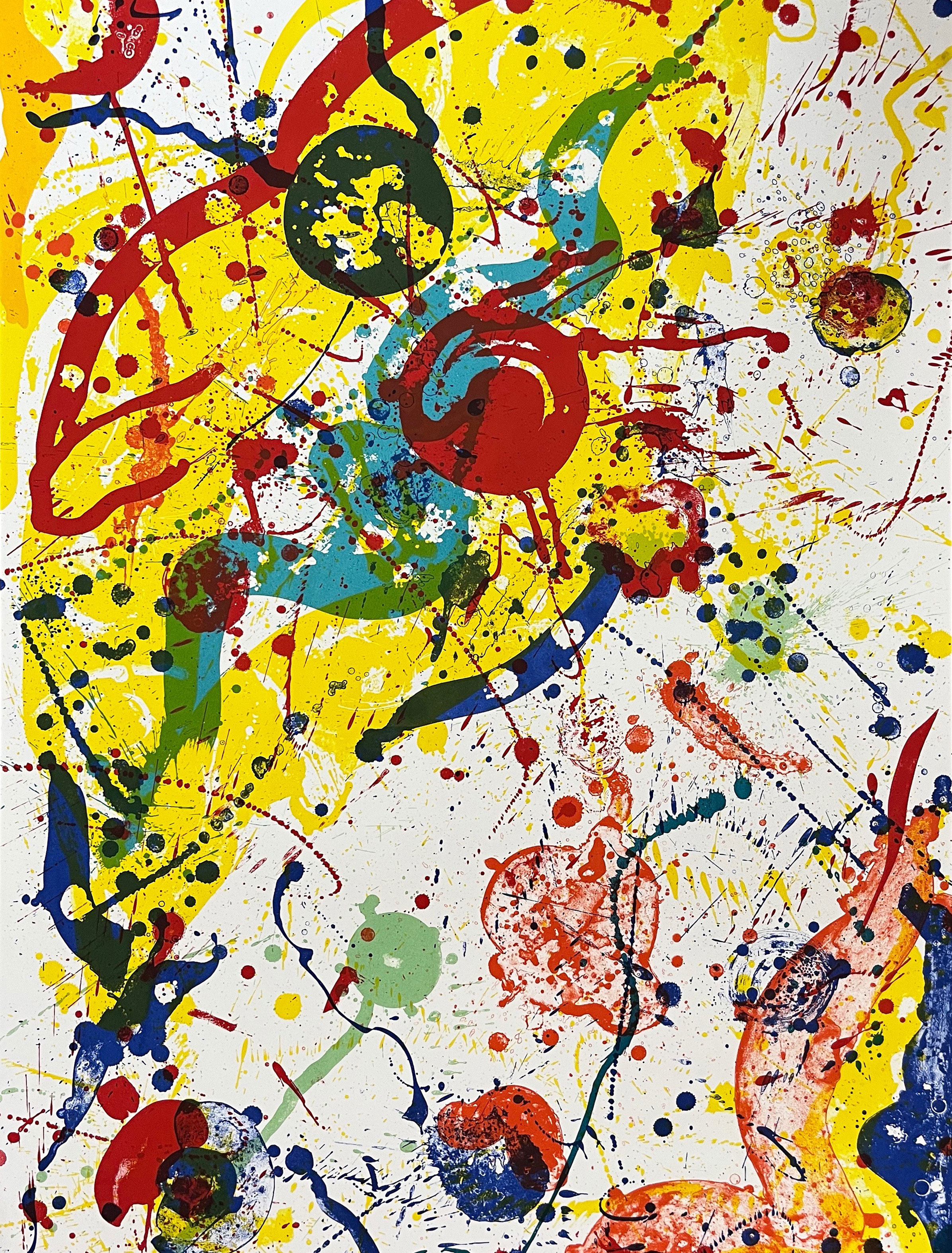
You know your Bordeaux from your Burgundy, but do you know why they are served in different glasses? Read on for our guide to glassware.
Why choose a specific glass?
Believe it or not, it has been scientifically proven that different glass shapes impact the way in which wine vapors are communicated to your nose and mouth. A wine’s aromatic compounds—what we smell—are responsible for producing the vast majority of the flavours in your mouth, and the reason why you will see seasoned pros giving a glass a really good sniff before taking a sip. The nose knows!
Another thing you will notice is that expert hosts and drinkers will never fill a wine glass to the top because they know that the air in the glass is crucial for collecting those taste-enhancing aromas. A general rule is that the smaller the bowl and opening, the less these aromas are released and the less they will hit your palette. Larger bowls are designed for maximum contact between wine and air—known as oxidization—while also allowing for easier aeration when wine is swirled. Wider bowls encourage alcohol evaporation, which is what produces these important aromas. The shape of the glass also impacts where in the mouth the wine is delivered: a wider bowl spreads the wine to a larger area of your tongue, where a narrower glass focuses wine into a tighter area.
To stem or not to stem? Rim or no rim?
You’ll find wine pros on either side of this debate. Holding a stemless glass in your hand will raise its temperature, which, for a white wine, is less than desirable. Purists will also tell you that stemless wine glasses are easily smudged with fingerprints, making for a less aesthetically pleasing experience. More laid-back experts will tell you to focus less on the stem, more on the shape of the bowl, and will point to the more durable, sturdy nature of a stemless glass.
As for the rim of the glass—the thinner the better. A bump or lip isn’t ideal: to quote Michael Austin in the Chicago Tribune, “the rim of your glass doesn’t need a speed bump; it needs to get wine into your mouth as effortlessly as possible.”
White Wine
The majority of white wine is typically served in smaller-bowled glasses. This helps to conserve the delicate, more floral notes of a white wine by limiting oxidization, while also emphasizing its acidity. Another added bonus of a more compact glass is that the wine stays cooler longer.
Bigger-bodied whites like chardonnay, viognier and orange wine are customarily served in a wider-bowled glass (originally referred to as a Montrachet glass) to better emphasize its creaminess and promote oxidization, softening the wine.
Red Wine
The general goal for red wine drinking is to minimize bitterness and enhance smoothness. A glass with a wider opening promotes oxidization, allowing more complex flavours the space to breathe. The extra surface area allows ethanol and sulfites to evaporate, leaving behind maximum aromatic compounds.
While there are numerous variations for red wine glasses, we’ve selected the most common and distinctive ones below:
- Bordeaux glass: Also known as a Cabernet glass, this is the baseline for a red wine glass. Designed with bolder reds in mind, the Bordeaux glass has a large surface area for oxidization. The height of the bowl is intentional, intended for swirling, as the thicker-skinned Bordeaux grapes require more aeration. The tall bowl also keeps these higher-alcohol wines further from the nose, keeping any “burn” from the wine’s ethanol at a distance. The opening is intended to direct wine to the back of the tongue, ramping up its smoother qualities.
- Burgundy glass: The super wide fishbowl-shaped glass and tapered rim are key for conserving maximum aromas while allowing for a lot of contact with air, which is helpful when drinking a more delicate wine. Made from thin-skinned grapes, Burgundy wines require less swirling. Drinking from this glass minimizes acidity as wine is directed to the front and middle areas of the palate.
- Pinot Noir glass: Like the previous two glasses, the Pinot glass has a wide bowl to maximize oxidization. Where it differs is in its flared lip, designed to place the wine at the front of the mouth to accentuate its sweetness.
If you’re eyeing your already-full cabinets wondering where you’re going to put all of these glasses—fret not. Experts suggest that a Bordeaux glass will do the job for most wines, as long as you’re buying a wine glass with sides that taper slightly. Wine glass producers also make what are referred to as “universal glasses,” which, as the name suggests, won’t do a disservice to any of your varietals.
If you do have room for more than one wine glass style, consider sticking with Bordeaux and Burgundy glasses. Pinot noir, light reds and bolder whites will work well in the Burgundy glasses, while everything else will fit nicely into the Bordeaux glasses.
Champagne and sparkling wine
If you picture a glass of champagne, chances are you’re picturing a skinny flute. While its glamour is undeniable, drinking sparkling wine out of a flute will mute its aromas. Pros suggest using a white wine glass or universal glass, with a tulip glass or coupe being the next best options. Don’t forget that the wider the bowl, the faster the bubbles will disperse—which will emphasize the softer, fruitier aspects of your wine rather than its effervescence.
If you’re looking to serve something more affordable like a crémant or a cava, choose a flute. This will keep the focus on the bright bubbles, which will stick around longer and redirect focus away from the specifics of the flavour profile.
About the auction
Our Fine Wine auction will be available online from Monday, May 24 at 9 am ET until Tuesday, June 1 at 6 pm ET.
We invite you to browse the full catalogue for the Fine Wine auction, as well as the catalogue for our Fine Spirits auction, online from Monday, May 24 at 9 am ET until Tuesday, June 1 at 4 pm ET.
We are always delighted to answer any questions you may have about current offerings, how to buy, build a collection, or consign wine and spirits.
Please contact Joann Maplesden at 416-847-6182 or [email protected] or Devin Hatfield at 416-847-6181 or [email protected]
Related News
Meet the Specialists

Joann Maplesden
Senior Specialist

Devin Hatfield
Specialist










